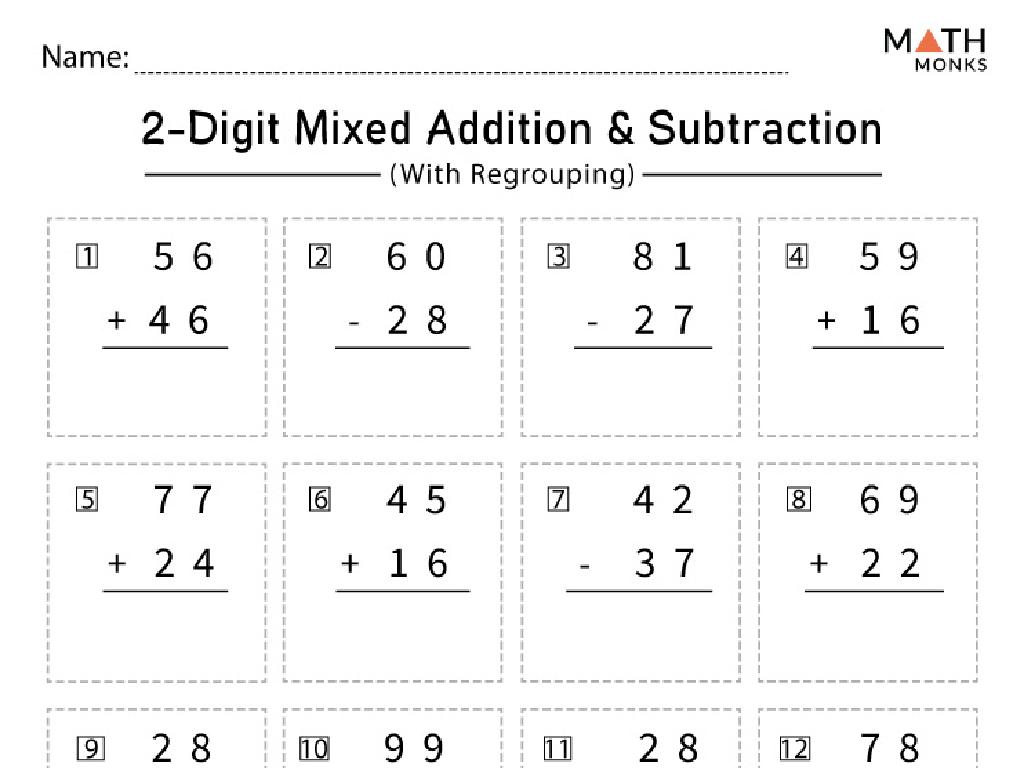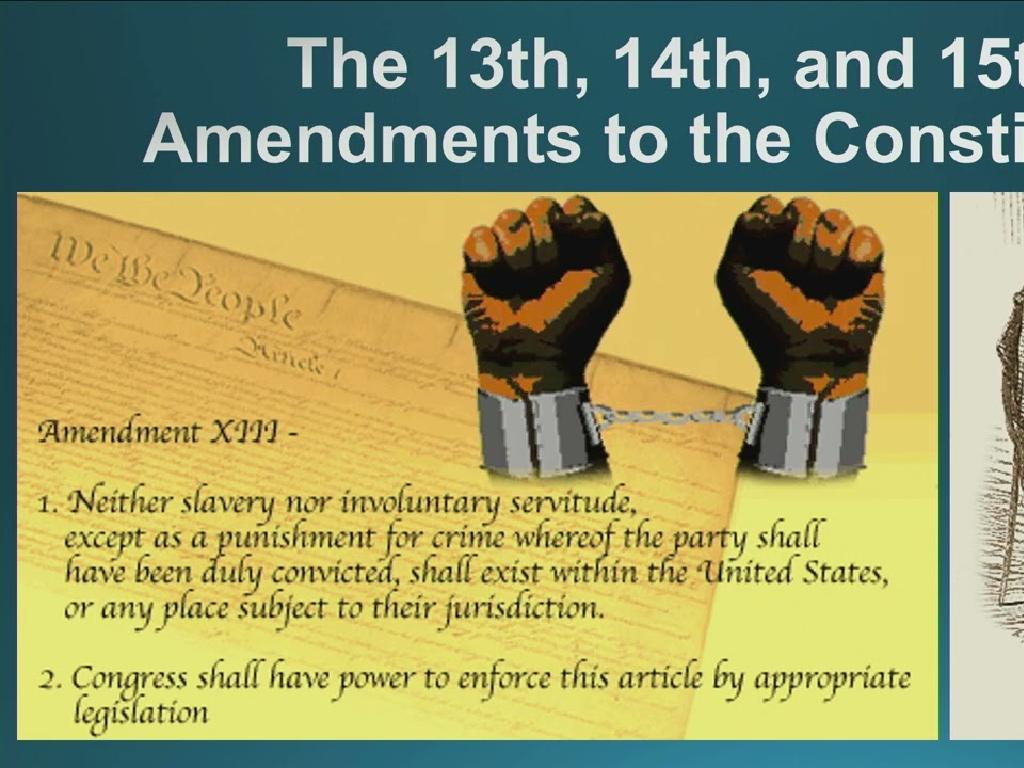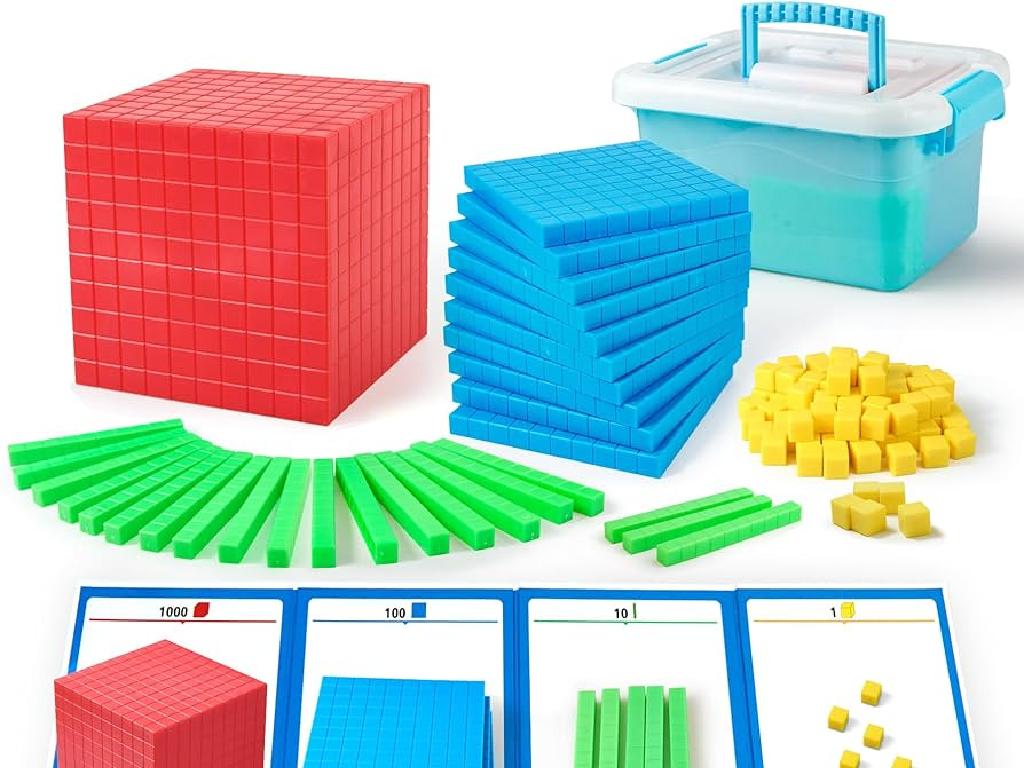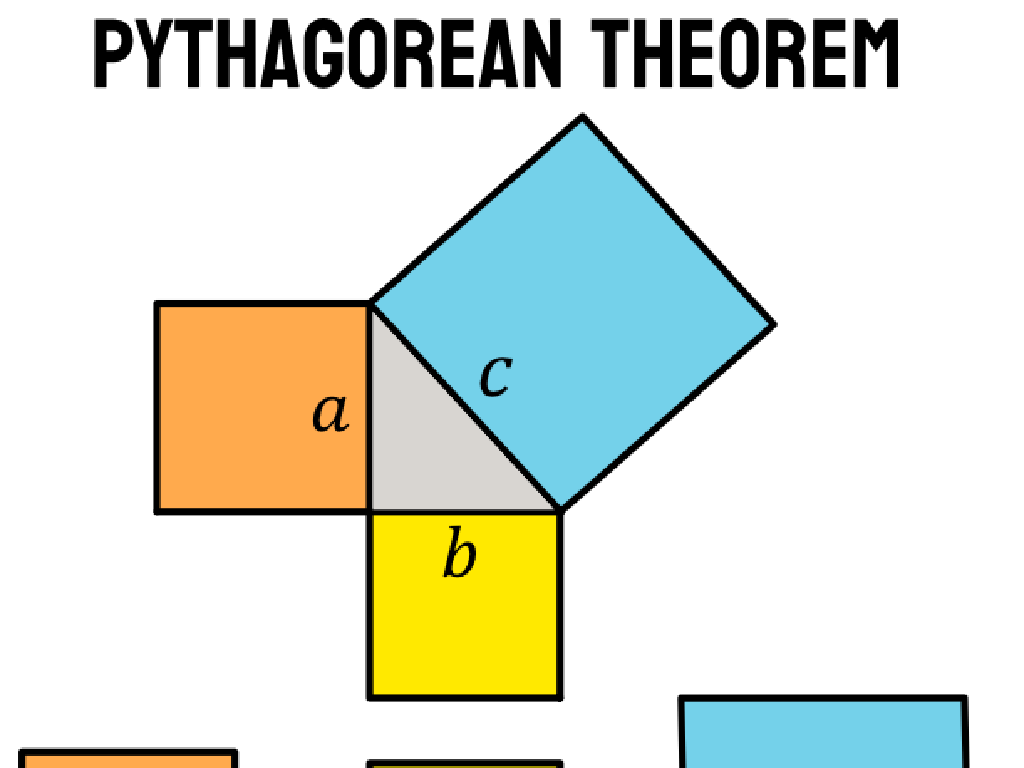Read Realistic Fiction With Illustrations
Subject: Language arts
Grade: Fourth grade
Topic: Literary Texts: Level 1
Please LOG IN to download the presentation. Access is available to registered users only.
View More Content
Welcome to Realistic Fiction!
– Understanding Fiction
– Fiction is a story from the author’s imagination.
– Characteristics of Realistic Fiction
– Realistic Fiction means the story could happen in real life.
– Exploring Examples
– ‘Because of Winn-Dixie’ or ‘Charlotte’s Web’ show real-life scenarios.
– Why Realistic Fiction Matters
|
This slide introduces students to the genre of realistic fiction, a type of literature that tells made-up stories about events that could really happen. Begin by explaining that fiction is a narrative form based on the author’s imagination, not on facts. Then, discuss the elements that make a story realistic, such as believable characters, settings that exist in the real world, and events that could actually occur. Provide examples of popular realistic fiction books appropriate for fourth graders, such as ‘Because of Winn-Dixie’ or ‘Charlotte’s Web’, and explain why these stories resonate with readers. Emphasize the importance of illustrations in helping readers visualize the story and connect with the characters. Encourage students to think about why they might enjoy or learn from realistic fiction.
Elements of Realistic Fiction
– Characters seem like real people
– Think of friends or family in stories
– Settings found in the real world
– Places you could visit or live in
– Events that could truly occur
– Imagine if the story events happened to you
– Relatable problems and solutions
– Solutions to problems you understand or have experienced
|
This slide introduces students to the key elements that make up realistic fiction. Characters in realistic fiction are developed in a way that they resemble real people with authentic emotions and behaviors. Settings are based on actual places that students can recognize or relate to, such as a school or a local park. Events are plausible and could happen in real life, steering clear of fantasy or science fiction elements. Problems and solutions presented in the stories are meant to be ones that students could see themselves facing, which helps them connect with the material on a personal level. Encourage students to think of their own experiences and how they relate to the characters and situations in the stories they read.
Illustrations in Realistic Fiction
– Illustrations complement the story
– They add depth and emotions to the narrative.
– Pictures provide storytelling clues
– Look for hints in the images that tell more about the plot.
– Art reveals character and setting
– Illustrations give insights into the personality and environment.
– Visuals enhance reader connection
|
This slide aims to help students understand the importance of illustrations in realistic fiction. Illustrations do more than just decorate the page; they work alongside the text to add a deeper layer of meaning and help readers visualize the story. Encourage students to actively analyze the pictures for clues that might not be explicitly stated in the text, such as time period or mood. Discuss how the portrayal of characters and settings through art can lead to a better understanding of the story’s context. Use examples from well-known children’s books with rich illustrations to demonstrate these points. In the next class, plan activities where students can pick out illustrations and explain how they contribute to their understanding of the story.
Reading with Purpose: Exploring Fiction
– Make predictions about the story
– Guess what might happen next based on illustrations and text
– Ask questions while reading
– Who, what, when, where, why, and how?
– Make connections to your life
– Relate the story to personal experiences or other books
– Understand characters & plot
|
This slide aims to teach students how to engage with realistic fiction actively. Encourage them to make predictions about the story using both text and illustrations, which helps in enhancing their inferential thinking skills. Teach them to ask questions about the characters, setting, and plot to deepen their comprehension. Making connections to their own lives or other stories they’ve read will help them relate to the material and retain information. Discuss how understanding the characters and plot contributes to a richer reading experience. During the next class, have students share their predictions, questions, and connections to facilitate a discussion that promotes critical thinking.
Let’s Read Together: Exploring Realistic Fiction
– Read a realistic fiction story
– Discuss story’s realistic elements
– Elements like setting, plot, and characters should seem real
– Examine how illustrations enhance understanding
– Look at the pictures, what do they tell you about the story?
– Share thoughts on the story and pictures
|
This slide is designed to engage fourth-grade students in an interactive reading session. Begin by reading a short realistic fiction story together as a class. After reading, open a discussion about the elements of realistic fiction present in the story, such as believable characters, a setting that could be real, and a plot that could happen in real life. Then, focus on the illustrations, asking students how the pictures help them understand the story better or how they add to the emotions and events described in the text. Encourage students to share their own interpretations and connections they made with the story and illustrations. This activity will help students appreciate the genre of realistic fiction and the role of illustrations in storytelling.
Your Turn to Be the Author!
– Create a realistic character
– Think of someone you know or imagine a new friend
– Draw a story setting
– Illustrate where your story happens, like a park or school
– Invent a character’s challenge
– What obstacle does your character face? Maybe a lost pet or a big test
– Plan a problem-solving journey
– How will your character overcome the problem? Outline their adventure
|
This slide is an interactive activity designed to spark creativity in students and apply their understanding of realistic fiction. Encourage them to draw from personal experiences or their imagination to create a relatable character. The setting should be familiar and plausible, grounding their story in reality. Introduce a problem that is age-appropriate and solvable within the context of their story, promoting critical thinking and problem-solving skills. Guide them to outline a journey that their character takes to resolve the issue, which will help them understand the structure of a narrative. This activity will also enhance their ability to empathize with characters and comprehend the role of illustrations in adding depth to the story.
Class Activity: Crafting Realistic Fiction
– Write a realistic fiction story
– In groups, create a short story about everyday life
– Draw illustrations for your story
– Use drawings to show parts of your story
– Present your story to the class
– Share your story and pictures with your classmates
|
This activity is designed to foster creativity and understanding of realistic fiction among students. Divide the class into small groups and provide them with guidelines for writing a short story that could happen in real life. Encourage them to think of relatable scenarios that they or their peers might experience. Once the stories are written, have them illustrate key scenes or characters to enhance their narratives. Finally, each group will present their story and illustrations to the class, practicing their speaking skills and sharing their creativity. Possible variations of the activity could include writing from the perspective of a historical figure, creating a story based on a current event, or imagining a day in the life of a community helper.
Reflecting on Realistic Fiction and Illustrations
– Key elements of Realistic Fiction
– Stories that could happen in real life with relatable characters and settings.
– Role of illustrations in storytelling
– Pictures add depth to the text and help visualize the story.
– Sharing our own story creations
– Discuss the process and favorite parts of writing your story.
– Reflections on the learning journey
– Think about how much we’ve learned and how we can use it in the future.
|
In this concluding slide, we aim to encapsulate what we’ve learned about realistic fiction, which includes understanding its elements like plausible plots and relatable characters. We’ll also discuss how illustrations enhance our comprehension of the story by providing visual context and aiding imagination. Students will have the opportunity to share their experiences and enjoyment from creating their own realistic fiction stories, fostering a sense of accomplishment. Reflect on the progress made and encourage students to consider how these skills apply to both reading and writing in their future literary endeavors.






